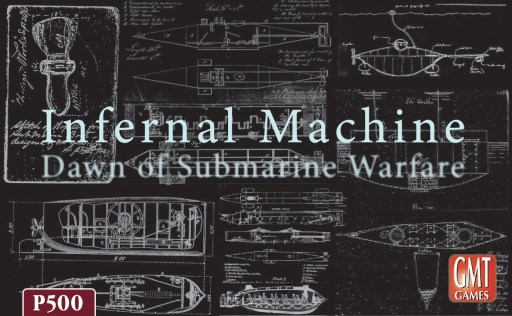By Ed Ostermeyer (Master Engineer – Grade 2)
Again, I bid you a good day, my young prodigy.
Thank you for meeting me in this out-of-the-way location.
Our talk today requires restraint and privacy between colleagues.
We will speak of shifting loyalties.
As you may have gathered, the life of a Confederate Inventor and Entrepreneur is anything but a sedate one.
Not only are you in need of both funds and employees on what seems to be almost a seasonal basis, but there’s that pesky business of the Civil War taking place elsewhere in the country, causing your best-laid plans to vanish like a hatful of fog.
Such as:

One of the biggest roadblocks in your journey towards engineering success and financial security is the possibility that the Union Army will not only conquer the city where you work, but then use the occasion to come knocking on your machine shop door.





